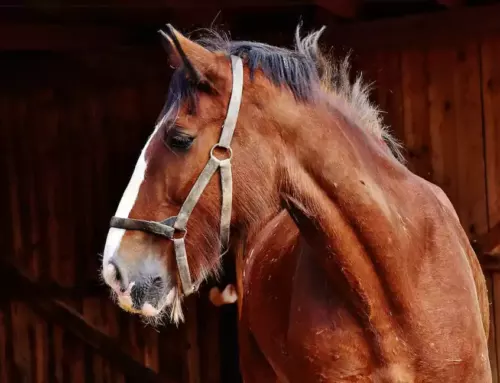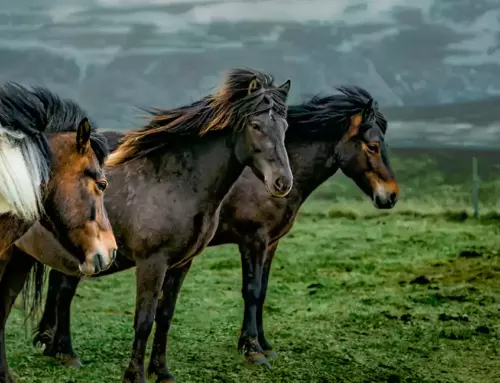Hay is an important part of your horse’s diet, provided that they do not reside in meadows with abundant fresh grass throughout the whole year. But how exactly can you choose which kind of hay is ideal for your horse? Because there are so many options, it may be challenging to choose which one is best for your horse, which is particularly true if this is your first time being a horse owner.
There are two basic kinds of hay for horses, and those are legumes and grass. Orchard grass is the greatest type of grass hay, and alfalfa is the most popular legume hay.
It might be challenging to choose which kind of horse hay is ideal for your horse since no two animals are exactly same. Every animal has unique requirements that vary according to its age, classification, and level of activity. This article discusses a variety of hays that may be fed to horses, and also explains why I believe some are superior than others.
Top Horse’s Hay: Choosing the Right Type
Hay is an essential component of a horse’s diet, something you are probably aware of if you own a horse. Hay gives horses the necessary nutrients they need, such as fiber and protein, and it also helps to maintain their digestive tracts in good condition. But there are so many different kinds of horse hay to choose from; how are you supposed to figure out which one is the healthiest for your horse?
When selecting hay for your horse, there are a few factors that you should keep in mind. Your first order of business is to consider the many kinds of nutrients that your horse need. Some horses fare better on diets that are higher in protein, while others do better on diets that are higher in fibre.
When selecting hay, it is important to take into account not only the age of your horse but also its size, since bigger horses have a greater need for it than do smaller ones. Last but not least, you need to take into consideration the cost of the hay as well as whether you want to get it in tiny or big bales.
However, when it comes to the food of your horse, a local equine veterinarian is the ideal person to help you in the right direction. They are familiar with the many types of hay that can be found in your region and may suggest a kind of hay that will best meet your requirements as well as the nutritional requirements of your horses.
Your horse relies on you to provide it with the appropriate sort of hay to eat. A horse’s stomach is relatively tiny, its intestines are of average size, but its hindgut is enormous. This is despite the fact that horses are very huge animals.
In contrast to non-ruminant animals, horses need to consume many smaller meals throughout the day. Because of their particular anatomical make-up, horses need to be fed numerous times throughout the day, rather than simply once or twice, in order to maintain optimal health.
It is our duty to be aware of their dietary requirements and to provide food that meets those requirements in order to ensure the animals’ continued good health and contentment. In the same way that people should eat their way through a food pyramid to achieve balanced nutrition, horses too have their own food pyramid.
Here Are the Types of Hay For Horses
Alfalfa
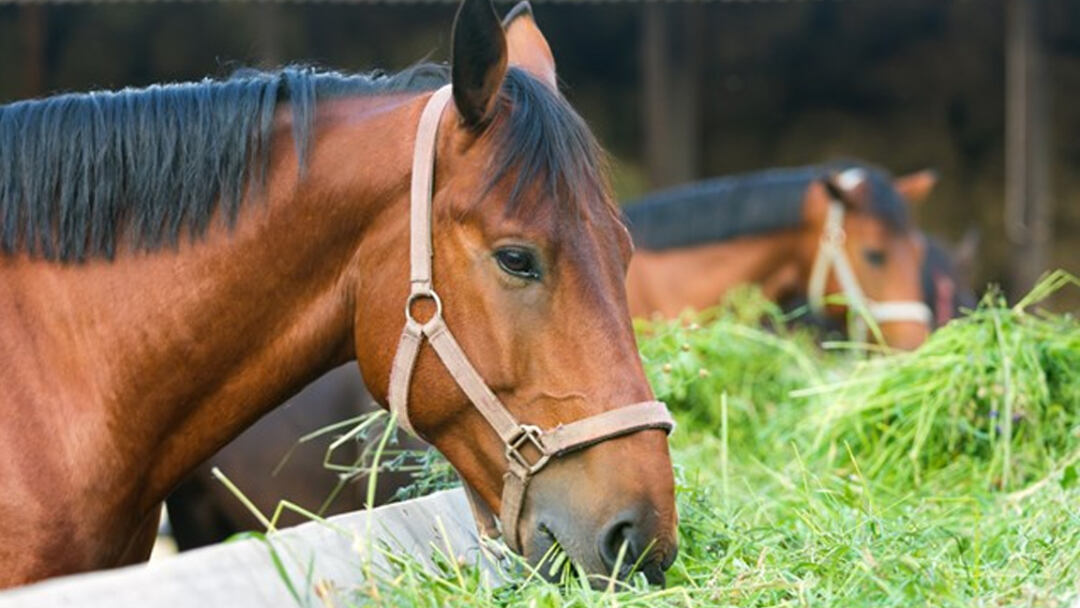
Hay made from alfalfa is a legume that is rich in protein and is a member of the pea family. It is widely recognized among those who own animals for the nutrient-rich features that it has, and among those who own horses, it is a beloved product without a doubt.
Because the harvesting schedule has a direct bearing on the quality and plenty of this hay, farmers need to keep a careful eye on it and manage it in a manner that takes into account its performance, the quality of its nutrients, the vigor with which it grows, and its total production.
In general, farmers that time their harvesting during the pre-bloom stage of the alfalfa plant will obtain an alfalfa crop that has the best nutritional value. As a result, Alfalfa has a particular grading system that takes into account not only the appearance of the product but also its consistency and nutritional value.
Alfalfa should make up around half of a horse’s daily consumption of forage if the owner wants their horse to have enough protein. This may be done by include alfalfa in the horse’s diet. According to Anderson Hay and Grain Co., “feeding horses Alfalfa may lessen or even eliminate the requirement for supplements, which can often have a laxative impact.”
It is important to keep in mind, however, that if your horse is only engaged in activities of a lesser intensity and is mostly used for riding for pleasure purposes, then the protein and nutritious content of alfalfa may be excessive for your horse.
Hay made from alfalfa is ideal for high-performance horses and ponies because it helps them maintain their high level of energy production over time.
Timothy Grass
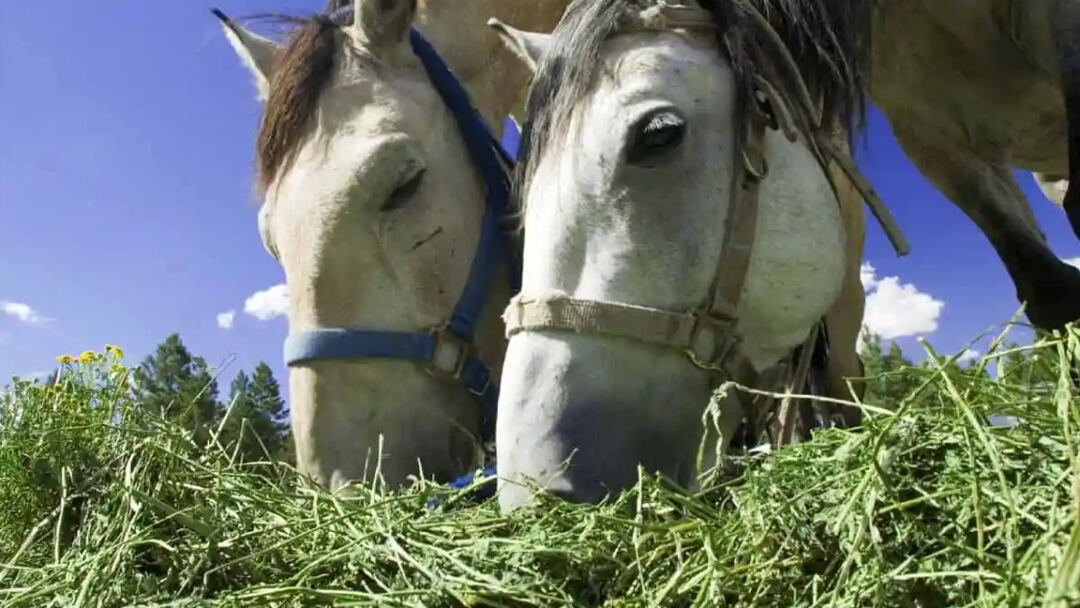
Even though it is indigenous to much of Europe, Timothy Hansen is credited for popularizing the use of alfalfa hay in the United States. This was due to Hansen’s promotion of the hay to owners of cattle. Timothy is a very pleasant grass hay for horses, in addition to being reasonably simple to cultivate as grass hay.
Even though it does not have the same high quantities of protein as alfalfa, it is certain to fulfil the fundamental needs of horses who engage in low to moderate levels of exercise.
Since a horse who competes at high levels can’t maintain sufficient energy levels by eating Timothy grass alone, a combination of legumes and grass hay would be a better choice.
The equestrian community in New Zealand contributed to this Horsetalk post, “timothy hay can be an excellent, cost-efficient option, but you need to check that you’re getting excellent material.”
Clover
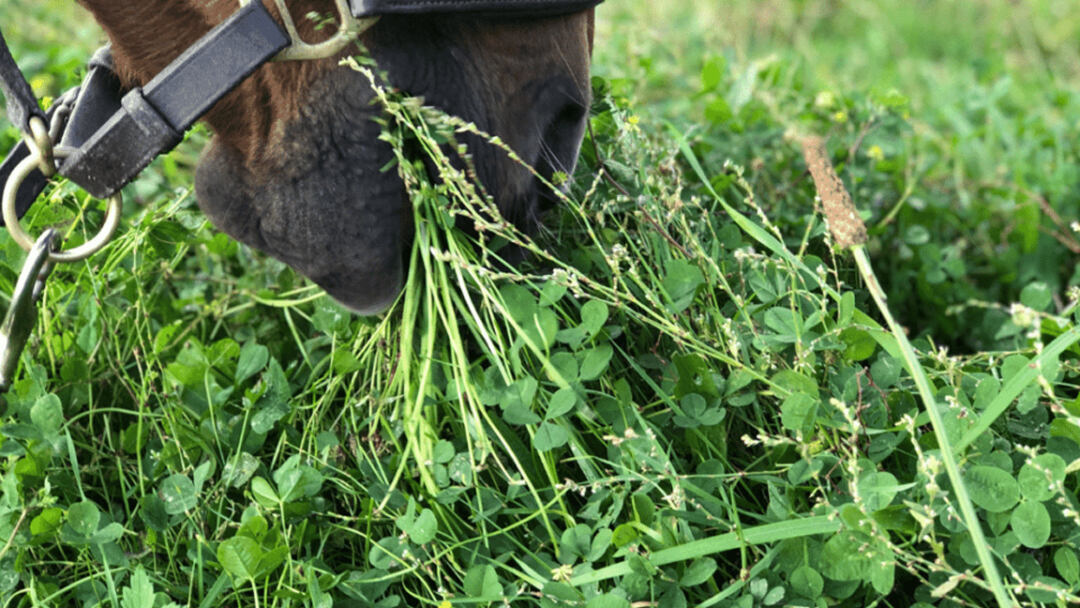
The second kind of legume hay that’s good for horses is called clover hay, but horse owners don’t feed it nearly as often as they do alfalfa. In addition, since clover contains a significant amount of moisture, it is difficult for farmers to dry and bag the crop.
Because of this, regrettably, it has a reputation for developing mold because of it. In addition, in the event that you were unaware of this fact, a horse who eats moldy hay is at an increased risk of developing colic as well as other respiratory problems.
On the other hand, a farmer who effectively plants, dries, and bales clover hay may produce a product that has protein, calcium, fiber, and other nutrients that are comparable to those found in alfalfa.
After eating clover hay, several horse owners have reported seeing their horses produce an unusually large amount of saliva. the causal agent is really a mycotoxin generated by a fungus that grows on clover, said Kentucky Equine Research. The condition, known as slaframine poisoning, in which an excessive amount of saliva is produced does not pose a danger to a person’s life.
Orchard Grass
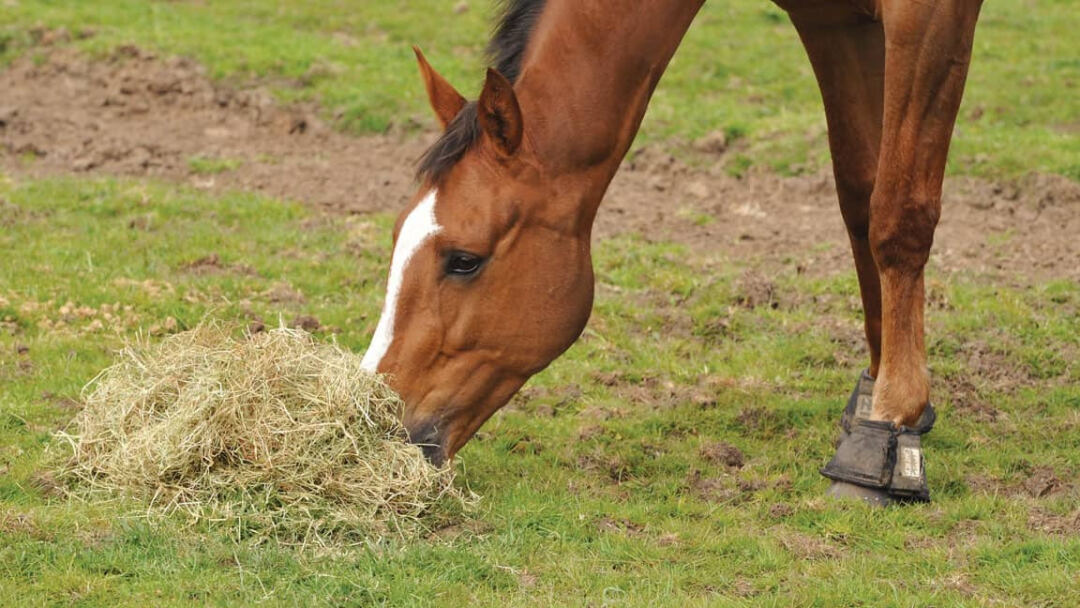
Orchard grass is a common choice for a cool-season perennial because it has a high proportion of fiber that may be digested. Orchard grass also has a greater percentage of protein, despite the fact that Timothy grass is more often used.
Orchard grass is an excellent alternative for geriatric horses and thoroughbreds who have digestive issues since it can be kept for a long time without going bad.
In addition to this, it is essential for the well-being of horses that their diets include an appropriate proportion of calcium and phosphorus. The imbalance between the two may cause significant problems with the digestive system and the skeleton.
However, owners of horses who feed their animals Orchard grass will be relieved to learn that it has an optimally balanced amount of both of these essential elements, just like Timothy grass does.
Orchard grass has a quicker growth rate than Timothy grass, which means it can “provide at least three hay cuts each and every year.” This is another advantage of growing Orchard grass.
Blue Grass
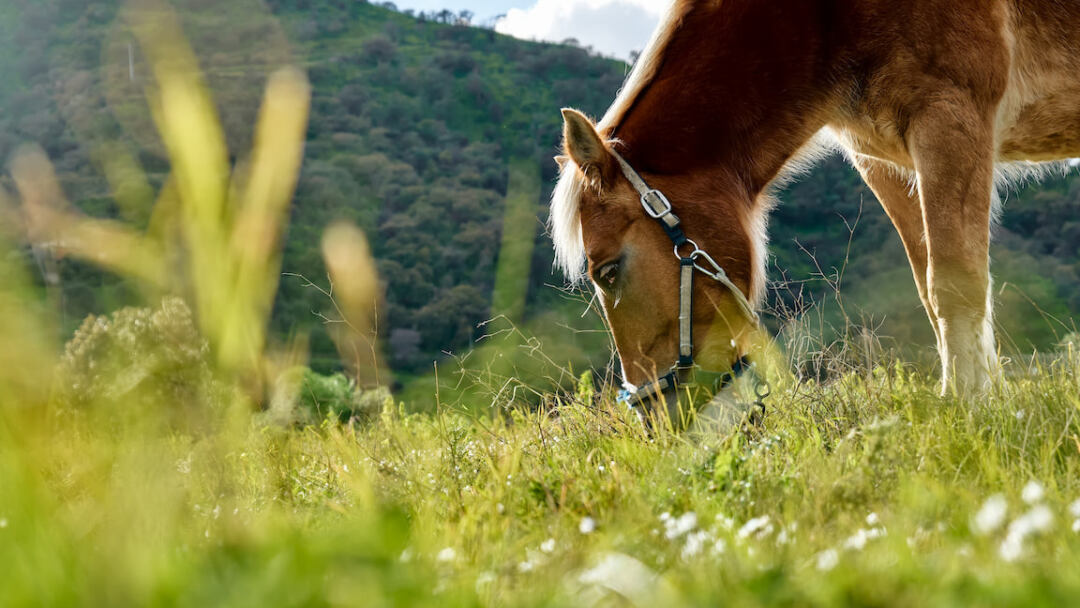
Bluegrass is native to the state of Kentucky, and despite the fact that it has a low yield, which renders it unsuitable for the production of hay, it is a desirable alternative for use in pastures and for grazing animals.
According to research conducted by the Equine Department at the University of Kentucky, bluegrass “is very nutritious, exceedingly tasty, and tolerant of close, frequent grazing.” In addition, their digest includes the fact that it offers horses safe and sturdy footing.
It has a slower growth rate and does not perform well in the hotter climes of the south, but it is adaptable to many different types of soil and may thrive in those areas.
Timothy / Alfalfa Mix
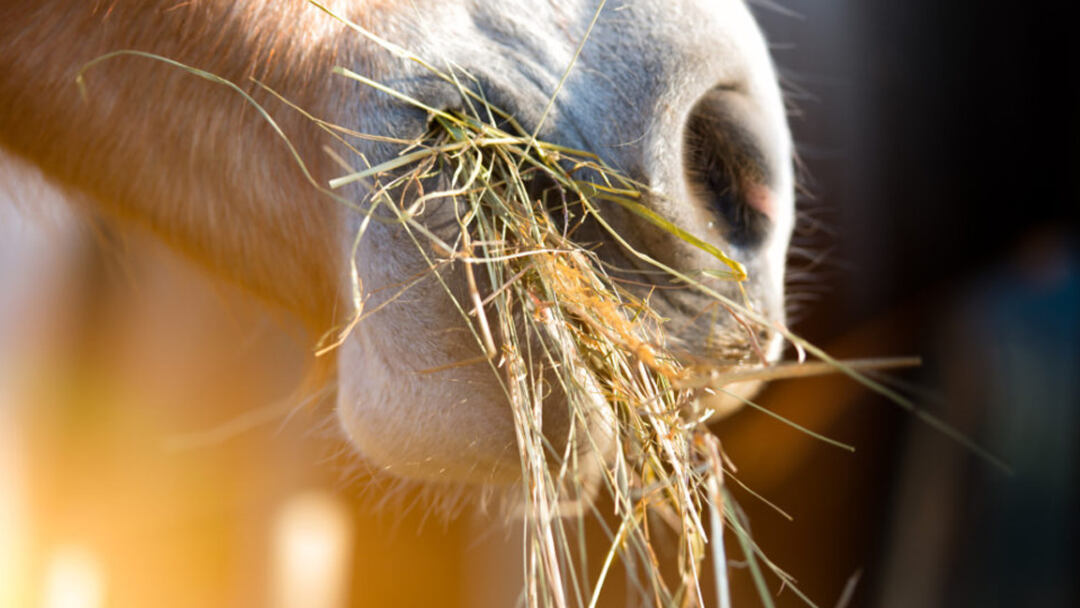
Because the nutritional requirements of each horse are unique, you and your equine veterinarian should collaborate closely in order to design and implement an appropriate diet for your horse that takes into account its breed, level of performance, and personal preferences.
Even though the exact ratios should be tailored to each individual horse, many horse owners have discovered that feeding their animals a combination of alfalfa and timothy is the best way to provide a nutritionally sound diet for their animals.
Your horse may benefit greatly from the additional calories, protein, and calcium that are provided by this standard blend. The combination often resolves the concerns of palatability and excessive feeding that are frequently seen by horse owners.

